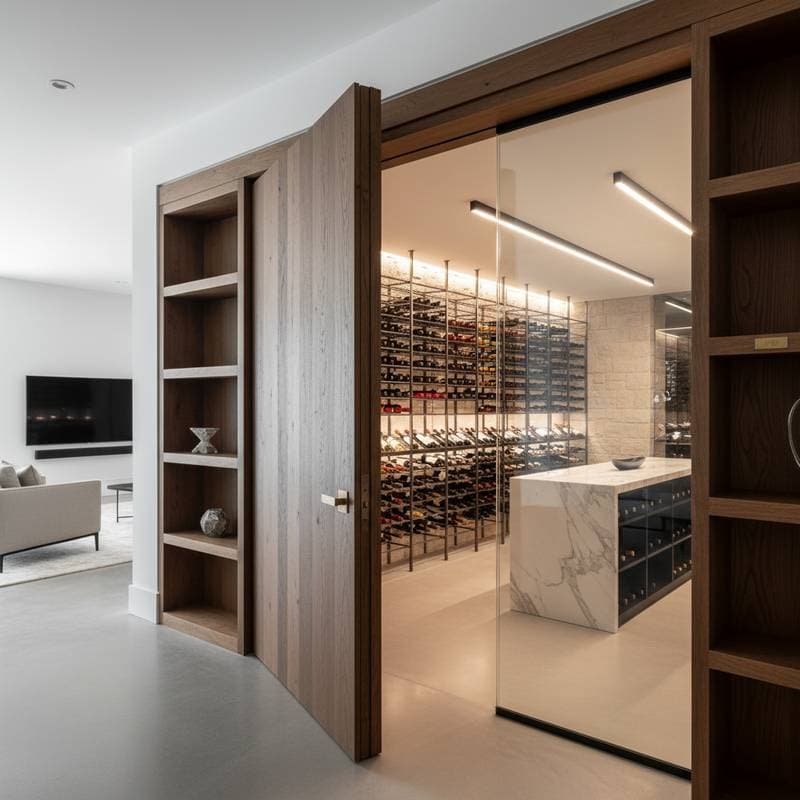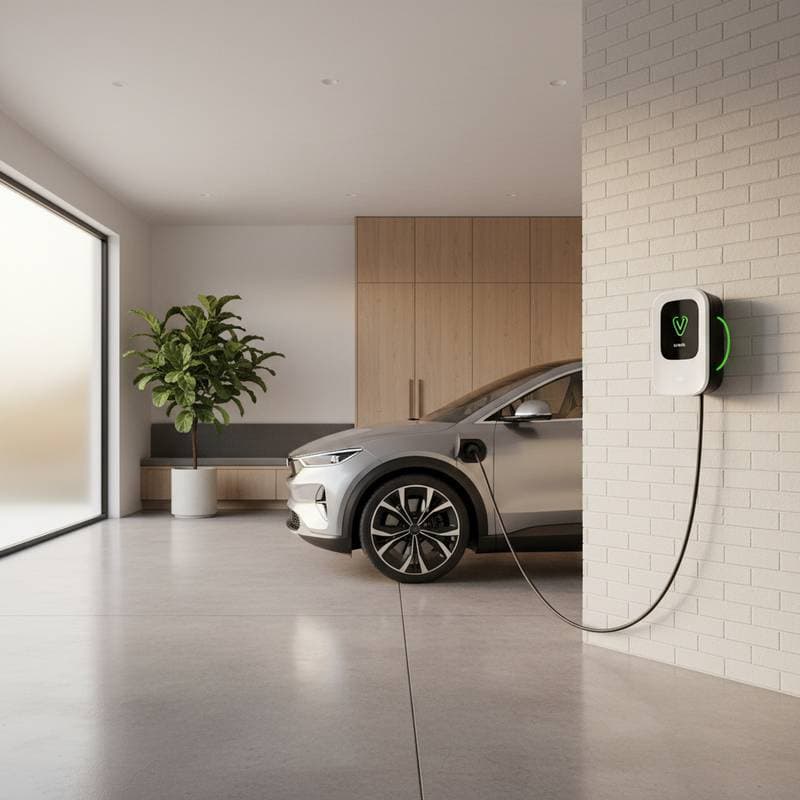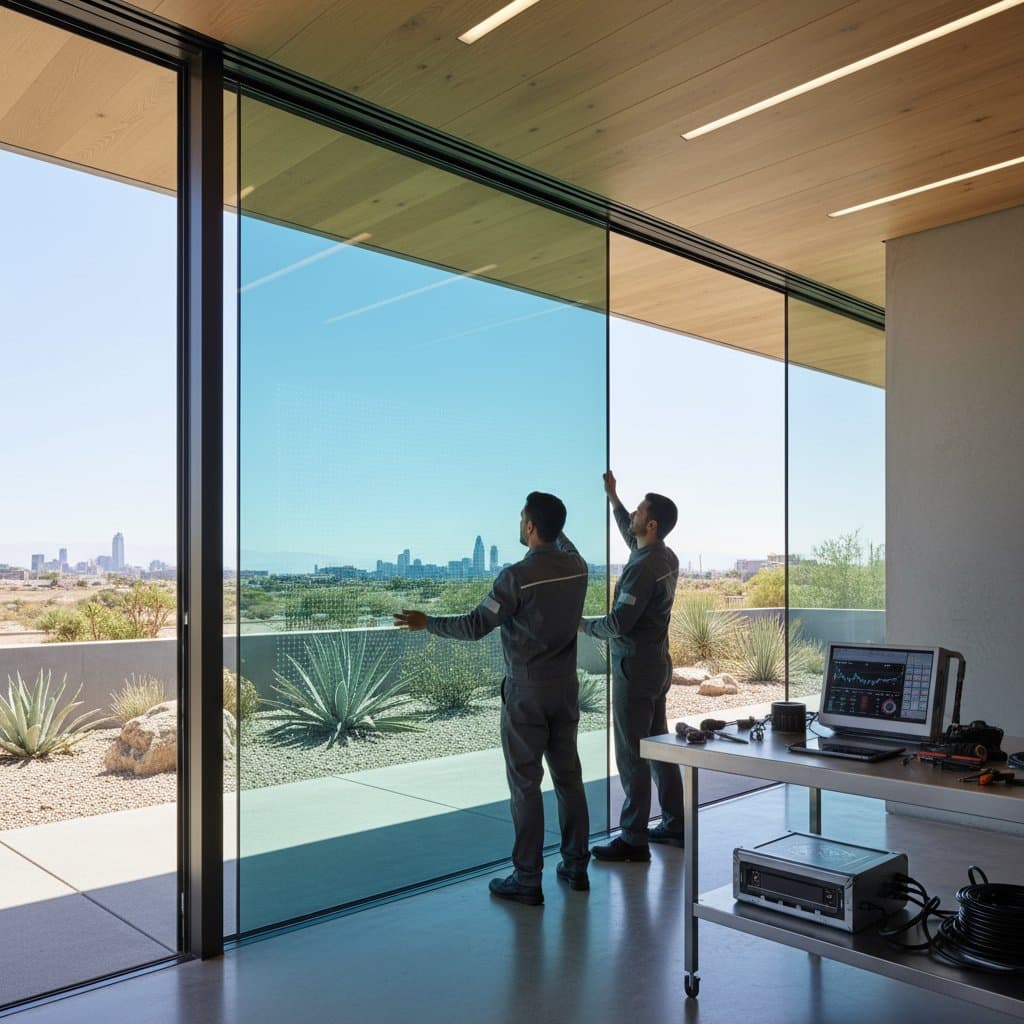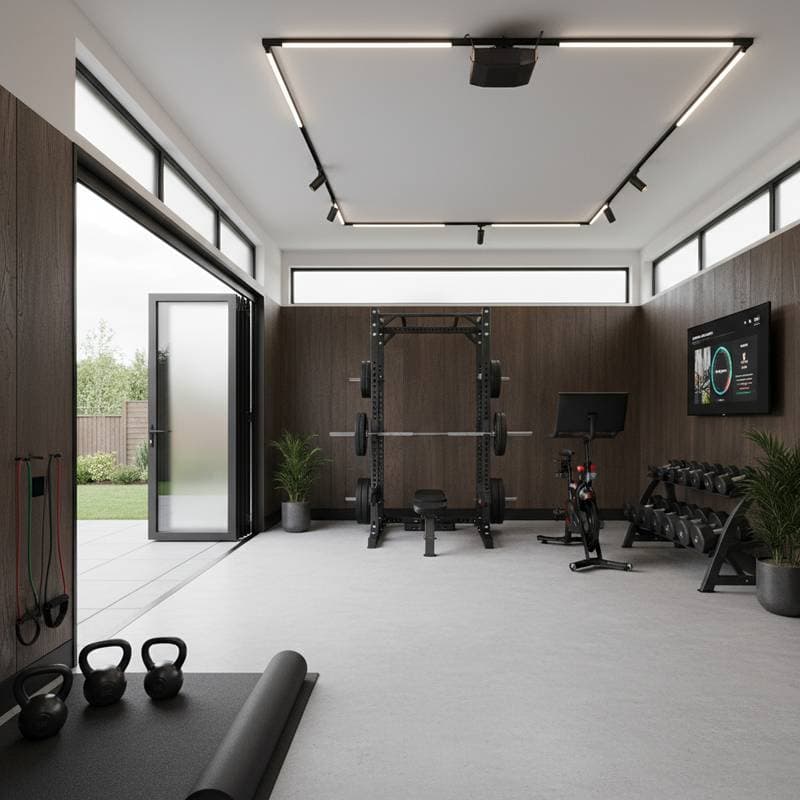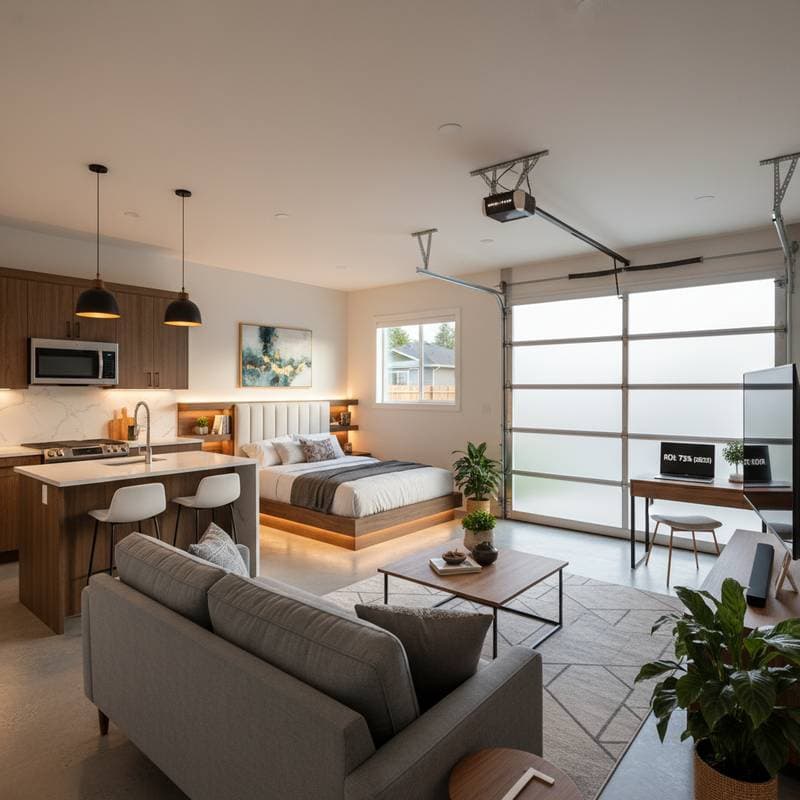Hidden Wine Cellars in 2025: A 15% Value Increase Opportunity
Average cost: $25,000 to $70,000 for a complete hidden wine cellar that enhances resale value by up to 15%.
Homeowners with available basement areas or under-stair spaces possess an ideal opportunity to create a concealed wine cellar. This upgrade combines aesthetic appeal with functional storage, attracting buyers who seek properties that integrate luxury features seamlessly. The investment yields immediate personal benefits alongside substantial returns upon resale.
Key Cost Considerations
Costs vary based on several factors that influence both initial outlay and long-term performance. Understanding these elements allows for informed budgeting and design choices.
1. Materials Selection
Choices such as stone veneer for walls, hardwood for racks, and tempered glass for doors significantly impact expenses. Budget $80 to $250 per square foot, depending on the quality of finishes and the effectiveness of insulation materials.
2. Labor Expenses
Skilled installation of cooling units and vapor barriers demands expertise. Labor typically accounts for half the total budget, ranging from $45 to $90 per hour.
3. Size and Configuration
A compact 60-bottle closet requires approximately $8,000, whereas a spacious 500-bottle walk-in cellar may surpass $70,000. Features like curved partitions or concealed access points introduce additional complexity and costs.
4. Site Preparation and Accessibility
Basement locations with restricted headroom often necessitate excavation or enhanced drainage. Allocate $2,000 to $6,000 for waterproofing measures and electrical modifications.
5. Regulatory Compliance
Adherence to local building codes involves obtaining permits for electrical work or ventilation systems. Consult authorities early to prevent project delays or penalties.
6. Optional Enhancements
Incorporate smart temperature sensors, energy-efficient LED illumination, and bespoke glass partitions for $1,000 to $5,000. These additions strengthen the feature's appeal and support elevated resale prices.
DIY Options Versus Professional Services
Certain aspects of the project suit hands-on approaches, while others require specialized knowledge to ensure safety and durability.
Tasks Suitable for DIY
- Assemble prefabricated shelving units
- Install LED lighting fixtures
- Apply paint or sealant to surfaces
- Deploy smart devices for humidity tracking
Tasks Requiring Professionals
- Handle electrical wiring and circuit enhancements
- Install vapor barriers effectively
- Connect cooling systems and refrigerant lines
- Perform waterproofing and drainage adjustments
Required Skill Level: Intermediate to advanced woodworking for modest projects.
Potential Risks: Inadequate humidity or vapor management leads to mold growth and wine spoilage.
Essential Tools: Circular saw, stud finder, moisture meter, respirator, and insulated gloves.
Engage professionals if observations include:
- Condensation forming on walls or glass
- Challenges in maintaining consistent temperatures
- Presence of musty smells or mold
- Accumulation of water near baseboards
Upkeep and Warranty Information
Regular maintenance preserves the cellar's functionality and extends its service life.
Standard Maintenance Procedures
- Monitor humidity levels monthly, targeting 55% to 70%.
- Service cooling unit filters every six months.
- Inspect and adjust door seals along with vapor barriers yearly.
Durability Expectations
- Cooling equipment lasts 10 to 15 years.
- Shelving and surface finishes endure 25 to 40 years.
- Lighting components function for 5 to 10 years, based on operational frequency.
Warranty Details
Cooling systems generally include 2 to 5 years of protection. Custom elements like cabinetry and stone installations cover workmanship, excluding damage from environmental factors.
Strategies for Longevity
- Maintain temperatures steadily at 55°F to 58°F.
- Minimize door access to preserve conditions.
- Employ gentle, non-abrasive cleaning solutions.
Steps to Implement Your Wine Cellar
Begin by assessing the designated space through precise measurements and humidity evaluations. Use a hygrometer to determine suitability; address waterproofing needs if levels exceed acceptable thresholds. Prioritize a dependable cooling system as the cornerstone of the build to avert future issues and safeguard stored collections.
Develop a preliminary sketch illustrating storage capacity and navigation space. Choose between a transparent glass partition for visibility or a fully integrated door for discretion, as this decision influences structural framing, electrical requirements, and illumination setup.
Solicit estimates from at least two qualified cellar specialists or renovation experts. Insist on itemized breakdowns of materials and labor for accurate comparisons. Verify credentials, including licenses and insurance, particularly for refrigeration installations.
For resale-focused projects, select understated finishes and ambient lighting to appeal broadly. Opt for enduring styles that avoid trendy motifs. When emphasizing personal use, incorporate sensory elements like textured surfaces and dimmable lights ideal for wine tastings.
A well-executed hidden wine cellar merges opulence with utility, repurposing overlooked areas into a controlled environment that endures for generations. Through meticulous planning and emphasis on moisture prevention, this addition delivers value commensurate with the investment.

